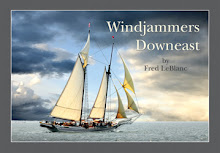 BALCLUTHA, also known as Star of Alaska, Pacific Queen, is a steel-hulled full rigged ship that was built for the Cape Horn trade. She is the only square rigged ship left in the San Francisco Bay area and is representative of several different commercial ventures, including lumber, salmon, and grain. She is a U.S. National Historic Landmark and is currently preserved at the San Francisco Maritime National Historical Park in San Francisco, California.
BALCLUTHA, also known as Star of Alaska, Pacific Queen, is a steel-hulled full rigged ship that was built for the Cape Horn trade. She is the only square rigged ship left in the San Francisco Bay area and is representative of several different commercial ventures, including lumber, salmon, and grain. She is a U.S. National Historic Landmark and is currently preserved at the San Francisco Maritime National Historical Park in San Francisco, California.The Balclutha, built in Scotland in 1886, has graced the San Francisco waterfront for more than 50 years as the centerpiece of the San Francisco Maritime National Historical Park. The sailing ship Balclutha - a classic in the truest sense of the word - is in an Alameda shipyard getting an overhaul that will add years to its life.
The Balclutha's sturdy steel construction allowed the vessel to survive 17 trips around Cape Horn at the tip of South America

















